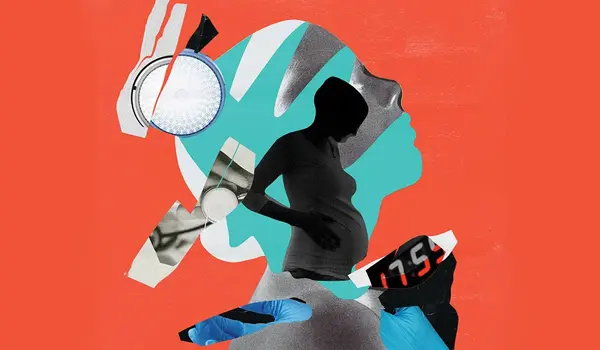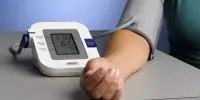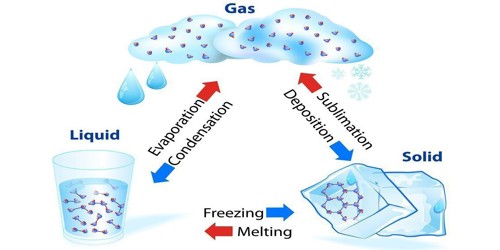Obstetric injuries can occur during childbirth, and they can include tears or damage to the vaginal area, perineum, or anus. These injuries can lead to long-term pain, discomfort, and other complications, such as incontinence, sexual dysfunction, and psychological distress.
According to a study from the University of Gothenburg, bowel leakage, the need for anal incontinence protection, and a restricted social life may cause severe, decades-long suffering in women with obstetric injuries to the anal opening.
The study, published in the American Journal of Obstetrics and Gynecology, included over 11,000 women who had given birth vaginally twice in Sweden between 1987 and 2000. The researchers previously described how the risk of unintentional bowel leakage rises following obstetric anal sphincter injuries (OASIs) during childbirth. The current study focuses on the gravity of these issues and their potential impact on the lives of women two decades later.
The women were divided into three groups: those who had no anal sphincter injuries, those who had an OASI during one of the births, and those who had an OASI both times they gave birth. The data used for the analysis came from the Swedish National Birth Register and responses to a questionnaire about the women’s symptoms of bowel leakage, as well as the psychological impact and social impact of incontinence after 20 years.
An anal sphincter injury significantly increases the risk of unintentional bowel leakage later in life. The risk of persistent fecal incontinence doubles with each repetition of the injury. The severity of the condition also increases, with more leakage occasions, more severe incontinence, and a greater impact on quality of life.
Nilsson
Problems increase with number of injuries
10.5 percent of women with two OASIs report leakage of liquid feces twice or more monthly, which is classified as high-frequency anal incontinence in the study. When women with low-frequency incontinence are included, the proportion increases to 34.9 percent. 29.6 percent of women with two injuries say leakage interferes with their daily lives.
Following that, the results are presented on a descending scale. 6.4 percent of women with one anal sphincter injury report high-frequency leakage, and 21.7 percent report both high and low frequency leakage. The injury has a negative impact on the lives of 19.7 percent of the latter. Of the women with no OASI, 2.7 percent report high-frequency leakage and 10.8 percent either high- or low-frequency leakage, while 8.6 percent report that the incontinence impacts everyday life.
In terms of the severity of these problems, going from no injury to one injury is roughly equivalent to the step from one to two injuries. Thus, the problems are cumulative, and this is also reflected in the women’s subjective perception of how their everyday lives are affected by fecal incontinence.

Incontinence pads for fecal leakage are used by 2.3 percent of the women with no OASI, 7.1 percent of those with one OASI and 8.4 percent of those with two OASIs. The study found no influence of OASIs on other pelvic floor disorders or symptoms in the lower urinary tract.
Major impact on quality of life
Attitudes differ as well. Fecal incontinence is considered “bothersome” by 28.2 percent of women who do not have OASI. The corresponding share in the group with one injury is 43.9 percent, while the group with two injuries has 46.0 percent.
Ida Nilsson, an obstetrics and gynecology researcher at Sahlgrenska Academy, University of Gothenburg, is the study’s first and corresponding author. She is also a resident obstetrician at Bors’ Södra lvsborg Hospital Women’s Clinic.
“An anal sphincter injury significantly increases the risk of unintentional bowel leakage later in life. The risk of persistent fecal incontinence doubles with each repetition of the injury. The severity of the condition also increases, with more leakage occasions, more severe incontinence, and a greater impact on quality of life” According to Nilsson.
It’s important to seek out medical care and support for obstetric injuries, even if you have been suffering for a long time. You may benefit from consulting with a specialist in obstetric injuries or pelvic floor dysfunction, who can provide a comprehensive evaluation and treatment plan tailored to your specific needs. Additionally, joining a support group or seeking counseling can help you cope with the emotional and psychological aspects of living with a chronic injury.
















